Chad
Chad was never high on my Must See list. It’s one of the poorest and most corrupt countries in the world. Most of its inhabitants are subsistence herders and farmers. Arbitrary imprisonment, extrajudicial killings, and limits on civil liberties gives Chad a poor human rights record. Chad joins South Sudan at the bottom of the Human Development Index.
Although the US State Department doesn’t give Chad its worst possible travel advisory …
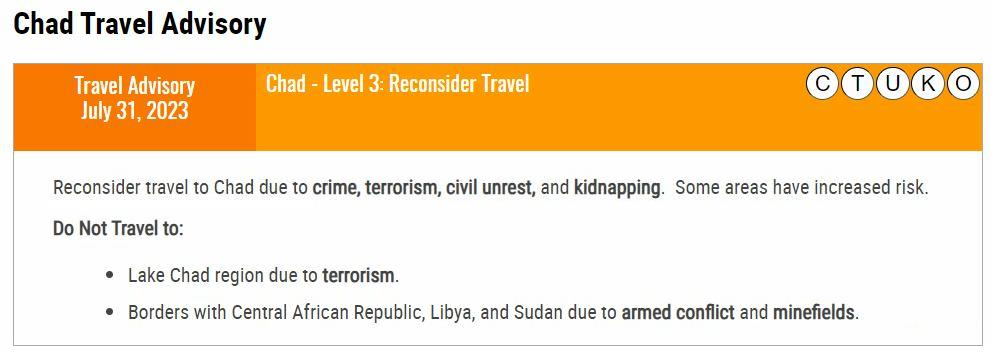
… wikitravel is unable to recommend anything to do in Chad.

I knew all this before coming here, which is why I planned just a three day visit — shortened to two days by a detour to Nigeria.
Flying through the haze over Chad, I glimpsed the one thing I most wanted to see: Lake Chad. The lake — or what’s left of it — is a shimmering shallow sea surrounded by dry grasslands and patches of green where seasonal rivers flow. The Chari and Logone Rivers provide 95% of Lake Chad’s water. Since the 1970’s, the water in these two rivers has been reduced by half due to overgrazing, deforestation, large-scale irrigation projects and climate change. Consequently, Lake Chad has shrunk by 80% in the past 50 years. At this rate, Lake Chad will disappear within the century.
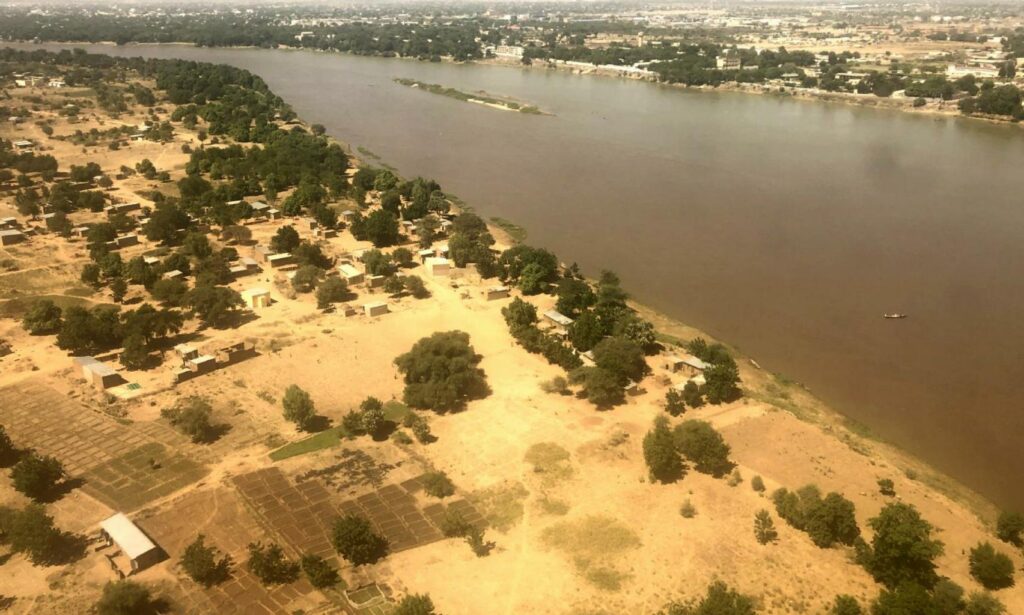
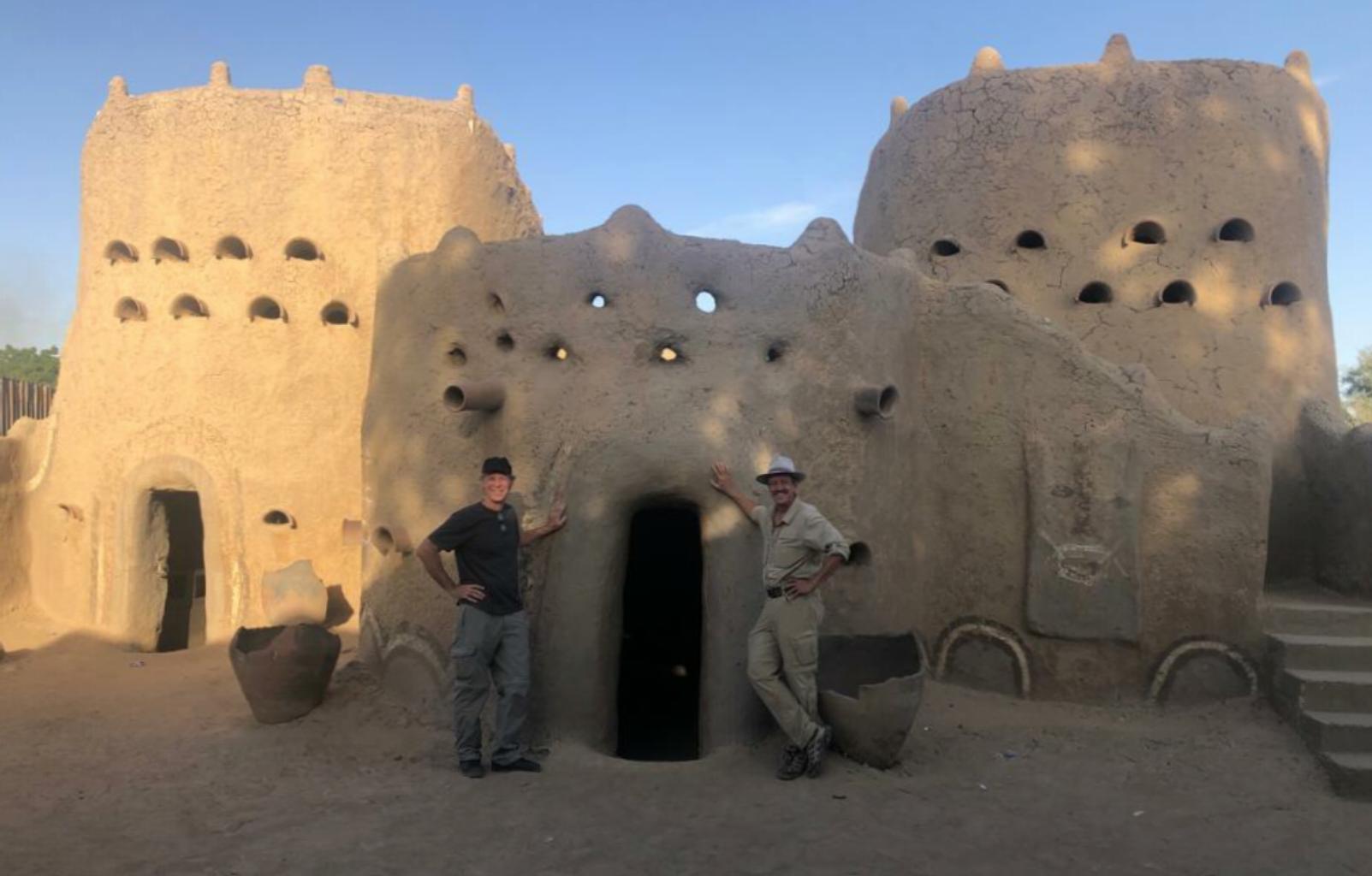
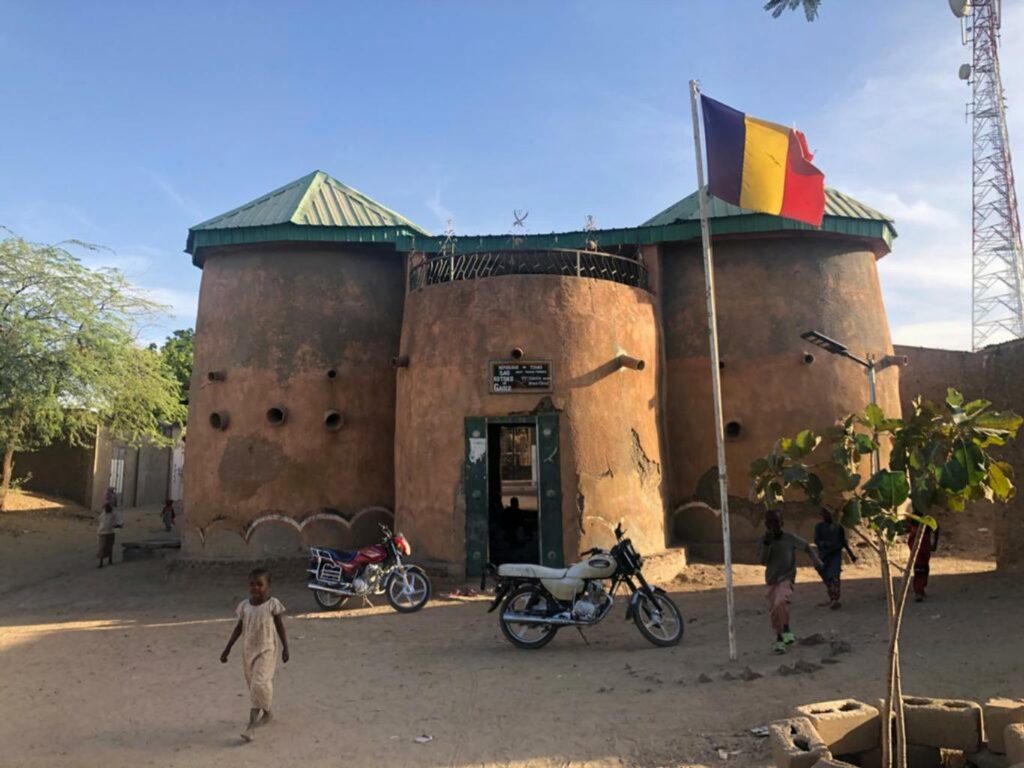
in traditional Sao style
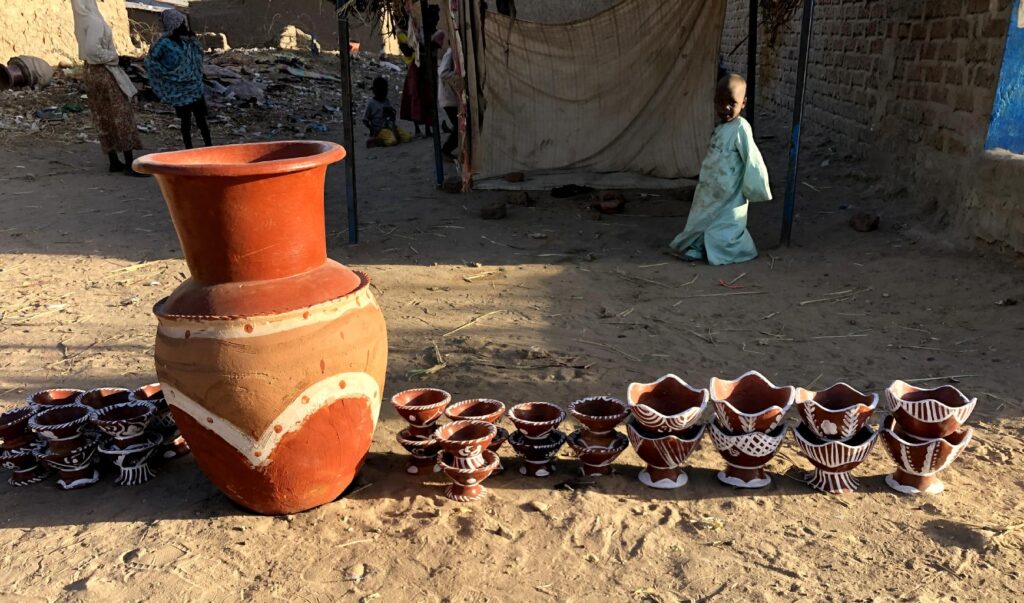
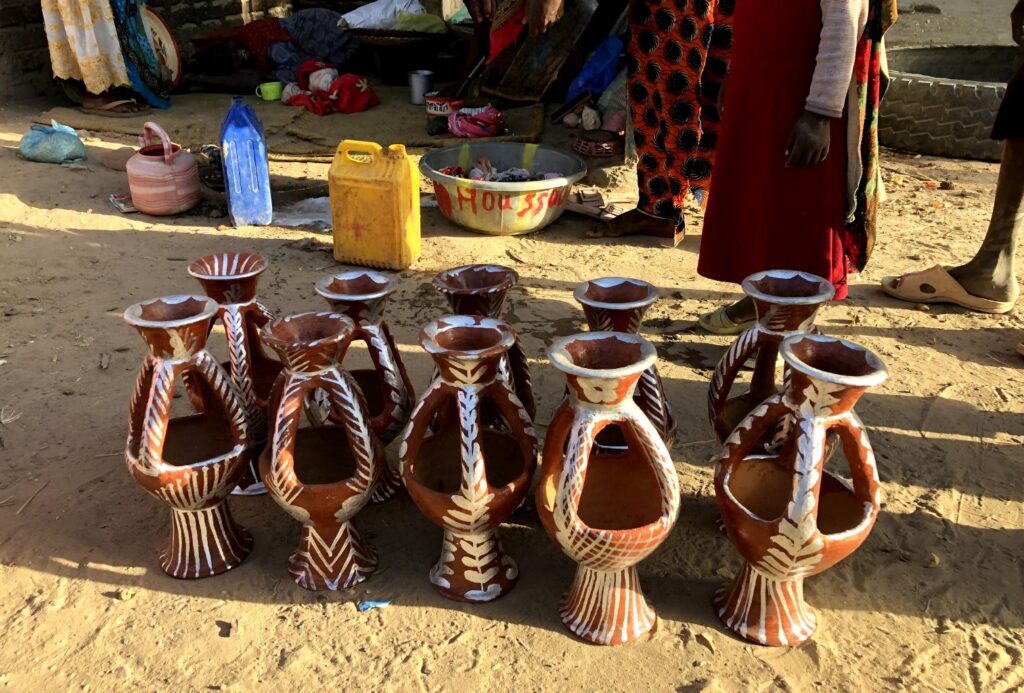
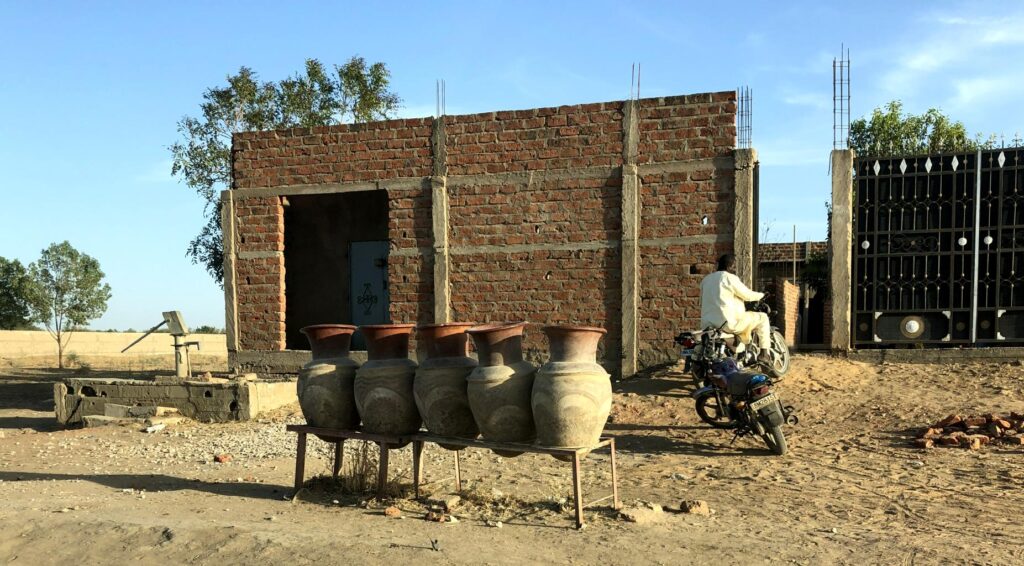
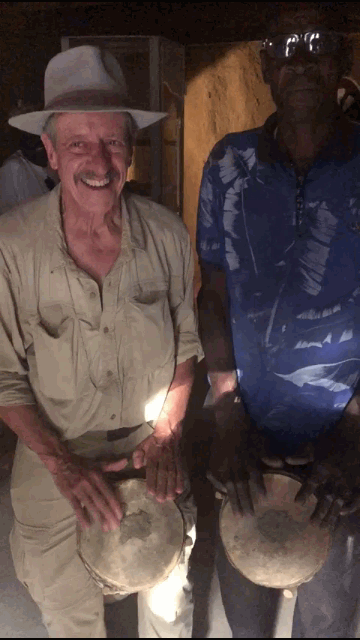
Besides Lake Chad, the other notable site in Chad is the Sao village 10 km outside of N’Djamena. The Sao people were the original inhabitants of the Lake Chad basin. They lived here for a couple of millennia when Lake Chad was a vast reservoir that sustained a fishing industry, flourishing farms, and great herds of livestock. The Sao civilization, located in the center of Africa, was a crossroads culture with advanced technology. Archaeologists have found artifacts in bronze, copper and iron.
When you visit the Sao village today, you’ll see a replica of one of the last sultan’s mud and straw buildings and be invited to play drums with the museum’s curator. You’ll also be offered colorful ceramic pots that this village is known for.
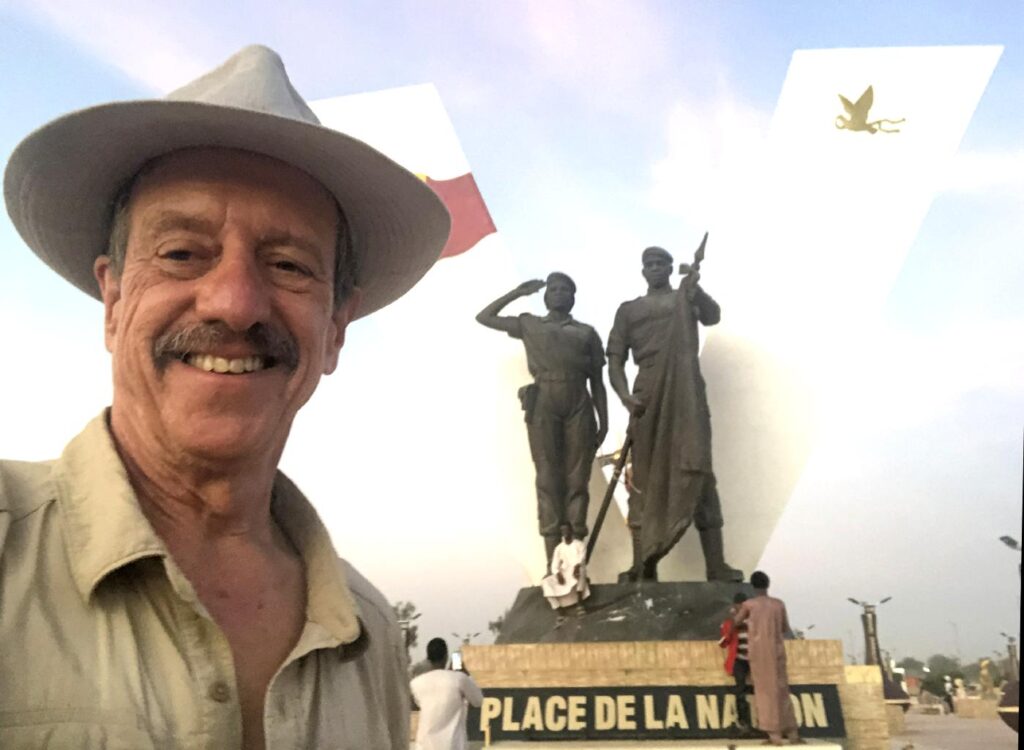
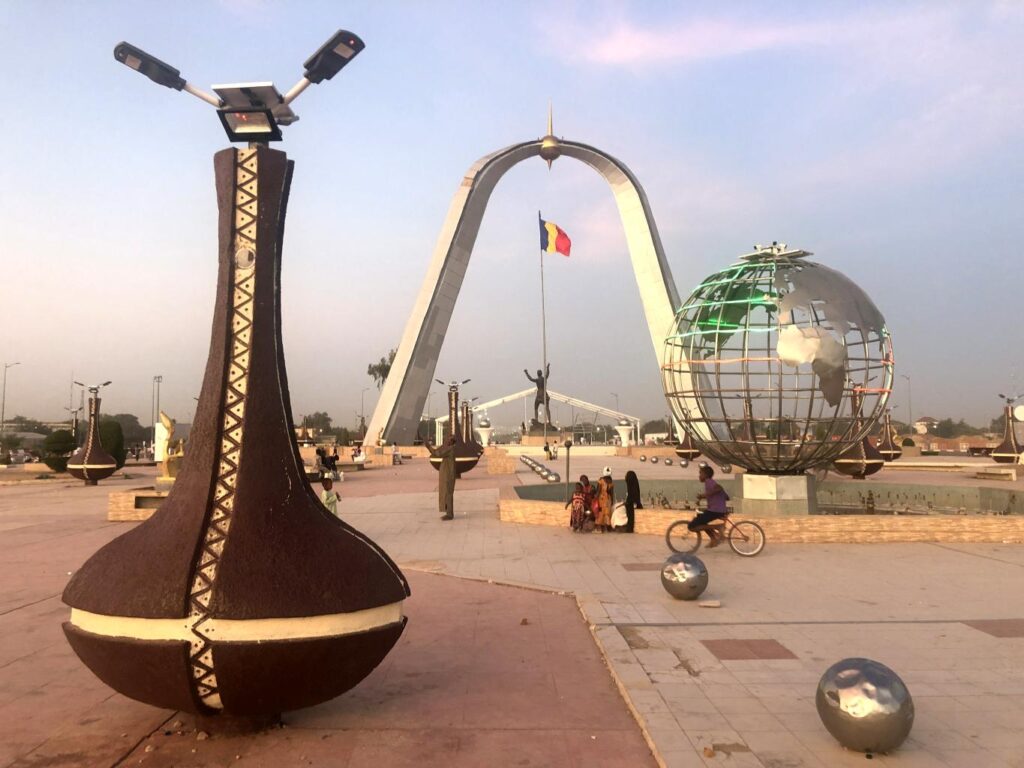

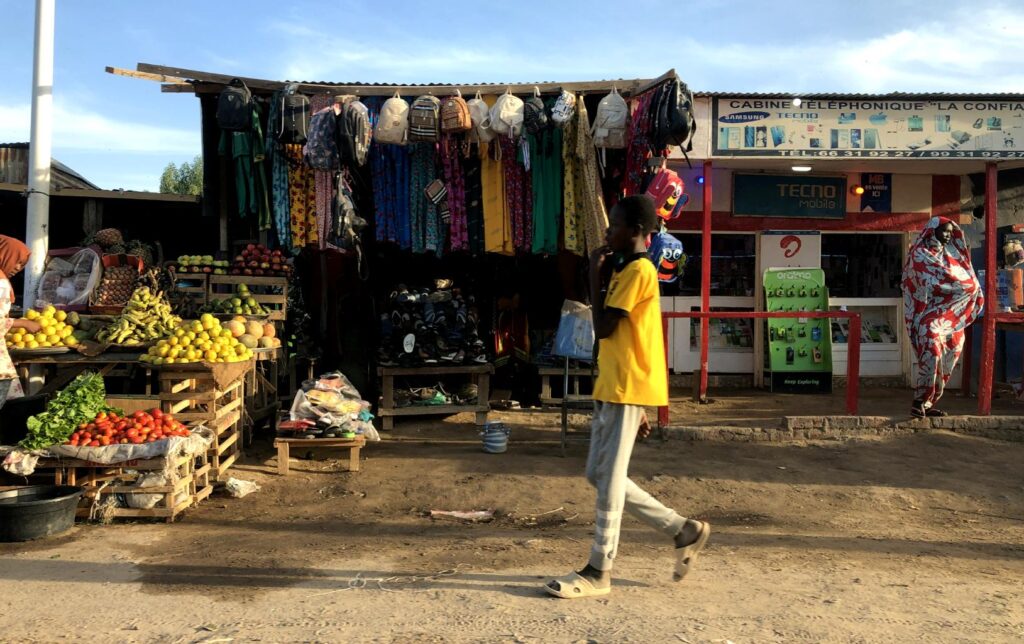


Chad’s capital city, N’Djamena, with a population of 1.5 million is Chad’s only city. The city center is graced by Place de la Nation and unusual monuments. Chad’s other population centers are large villages of 100,000 or less. Here’s a short video of a dusty street market in N’Djamena.
To be frank, Chad is a desolate, poor country in the middle of nowhere. When Lake Chad dries up, there won’t be much reason for anyone to stay here. My visit here would’ve been dreary if it weren’t for crossing paths with Bart from Belgium, my occasional travel partner. Over beer and fresh fish from the river, we commiserated about the future of Chad.
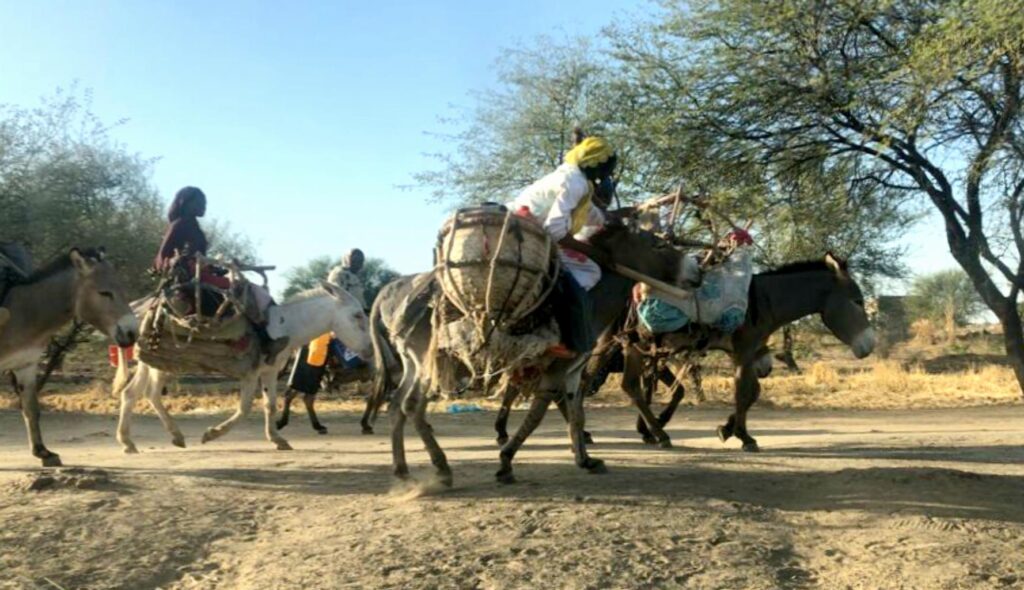
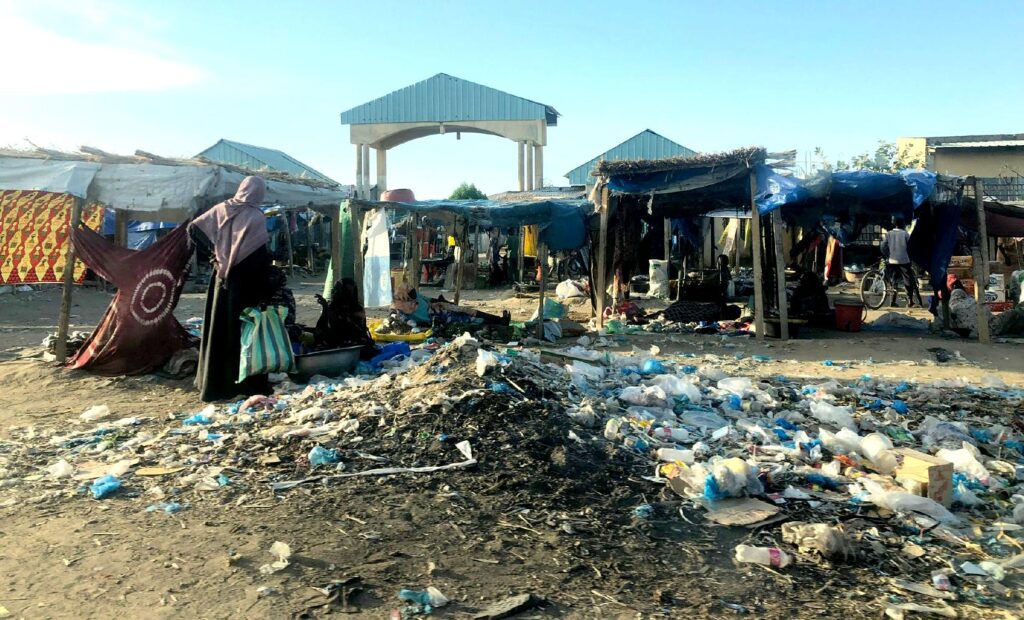
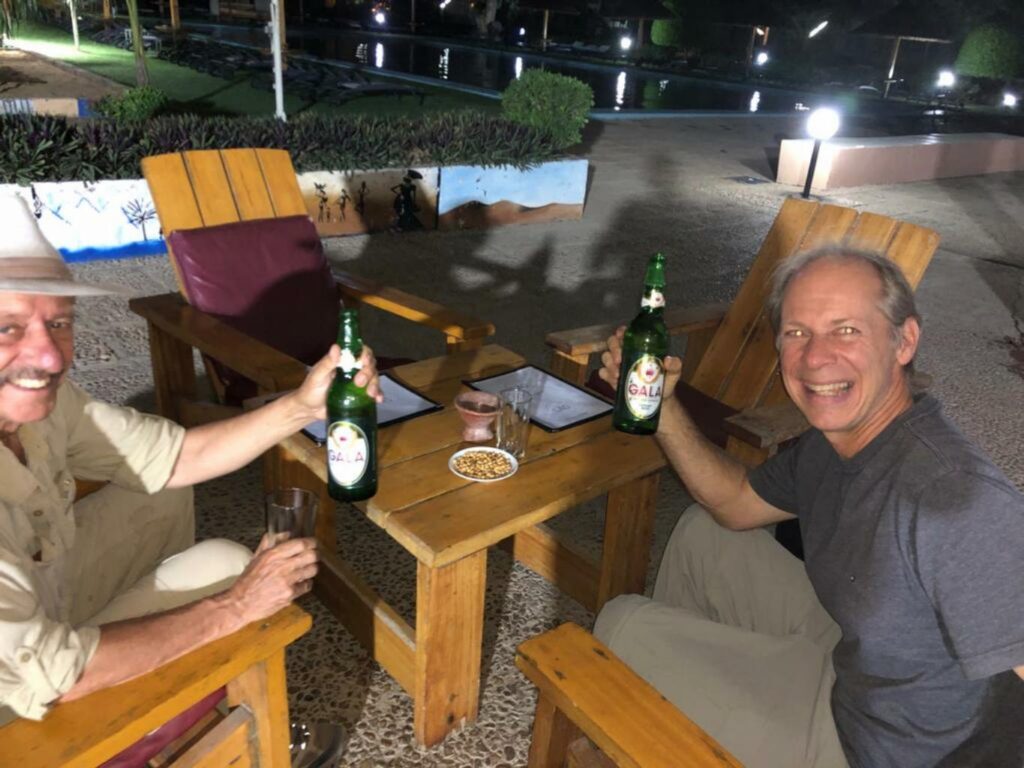
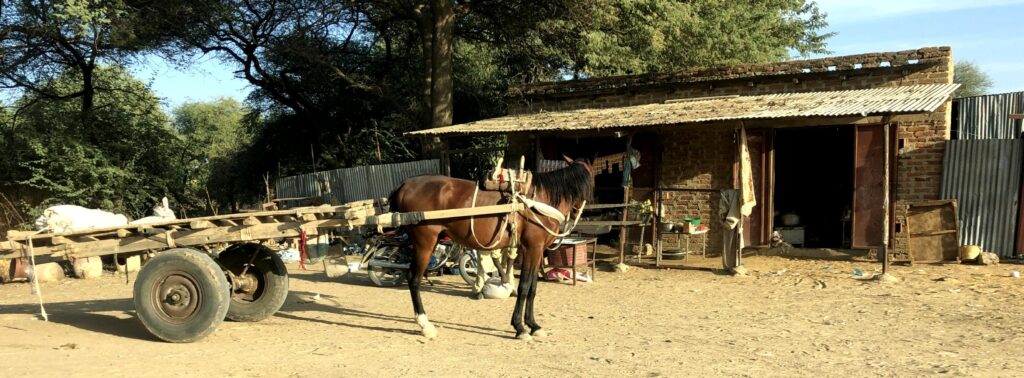
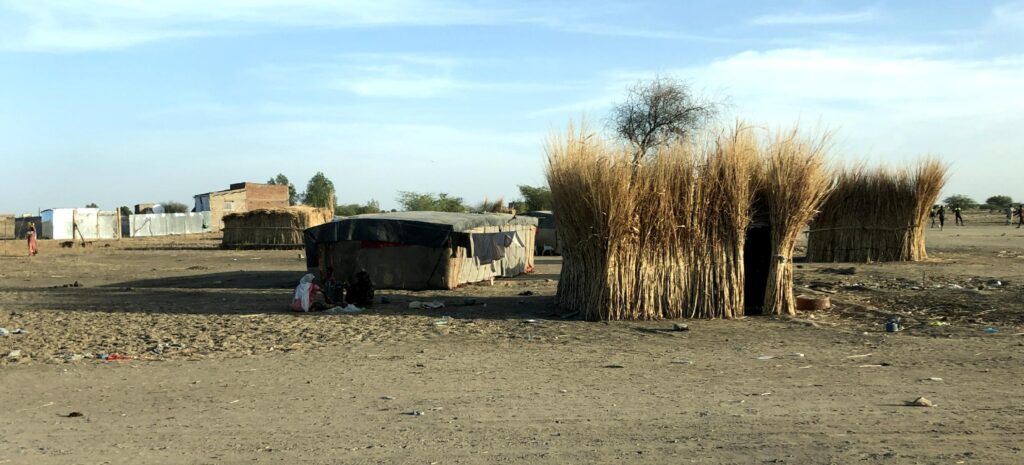
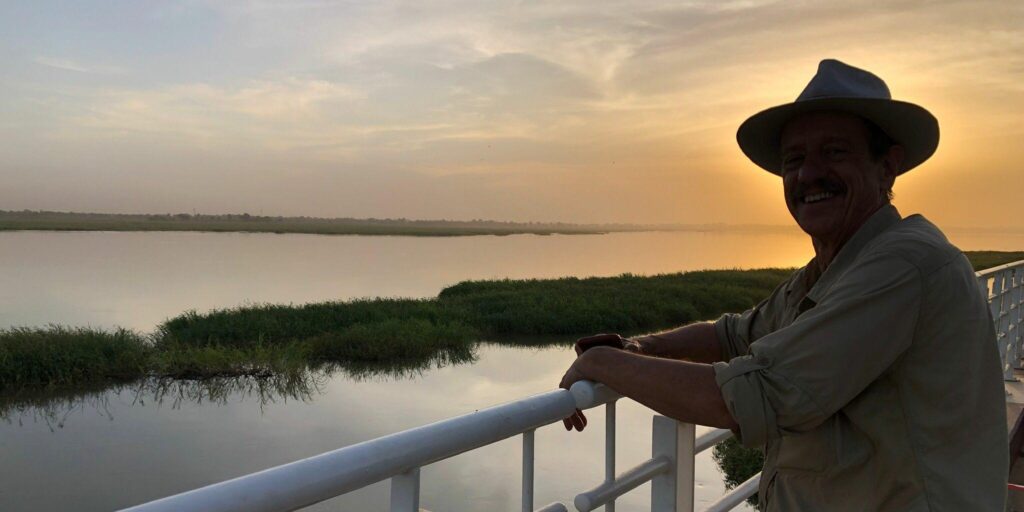
Chad is my 188th country. I have only five countries left, all of which have travel restrictions and special visa requirements. So, I’m going to pause my travels for a while and go someplace warm and relaxing where I can go snorkeling with rays and turtles every day. For anyone who has followed my travels, you know where this is. Can you guess where I’m going next? See you there!
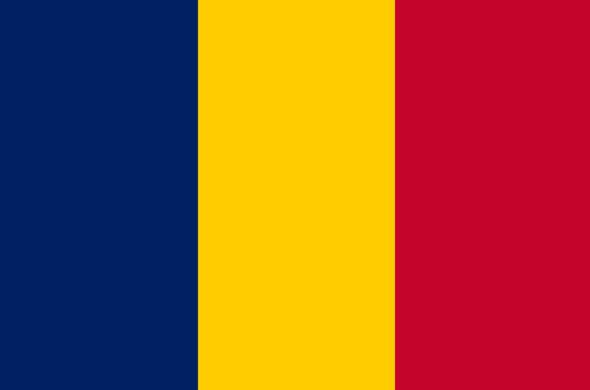




I had no idea there were only five countries left! You’ve earned a bit of R&R. Enjoy!
Snorkeling with turtles & sunshine in K 🌴🥥sounds fabulous…well earned!
Wow..5 to go..you are AMAZING!!
Happy holidays from sunny ( but 32!) Mystic….see you in ’24🤞
💕Carol & Craig
Happy Holidays, and have fun snorkeling with the turtles! You are an amazing person!
Great to see you only have 5 more-are you going to California in the USA? I’ll miss your wonderful journey. Anything else planned?
I love how you give tour opinion on places. What an amazing accomplishment! Snorkeling and warm waters sound good…!
I always thought that country-counting would be almost impossible once the end was in sight. Does a visit to Yugoslavia count as 1 or 6 (or whatever the remnants add up to), or do we claim 3, if an old trip through Yugoslavia crossed 3 of the current countries? Do we have to reduce our count if a country disappears (e.g., East Germany)? Do I get to count a country if my parents dragged me there, and I did nothing to “earn” that country?
So many decisions!
You weren’t tempted to cross over from N’Djamena to northern Cameroon? I recall seeing many round Sao hut villages that had sprouted up around Garoua by 2016. That confirmed for me what you said — that great climate- (and land/water misuse-) driven migrations of refugees have already begun.
Are you going back to Kosrae? That is my guess. Have a wonderful time, wherever you go. I love reading your travel blogs, and hope you come back to Mill Valley some day. I first heard your lecture there on Indonesia at the library.